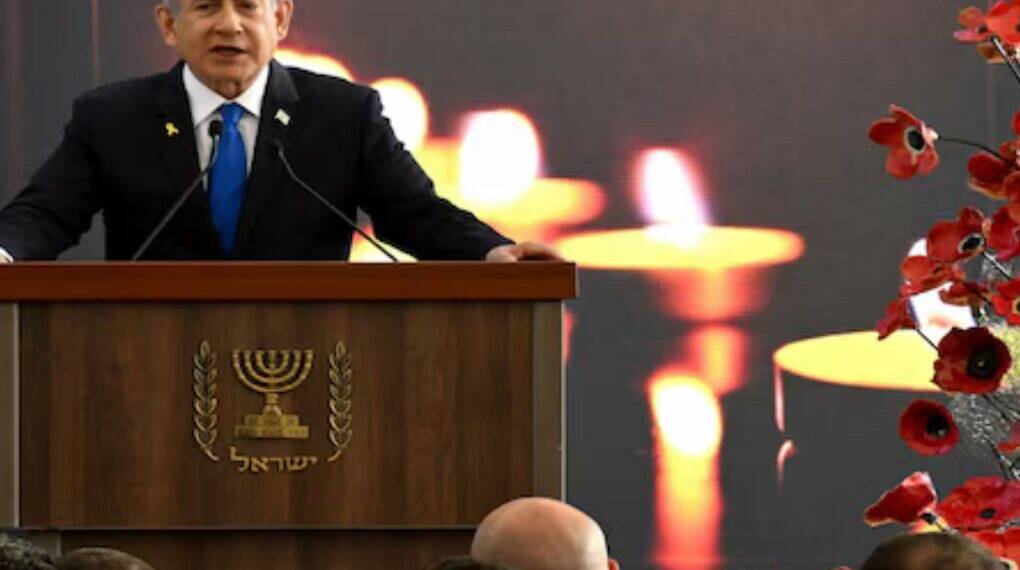The recent preemptive strikes by Israel on Iran’s nuclear facilities and ballistic missile capabilities mark a significant escalation in the long-standing rivalry between the two nations. Conducted a day after failed U.S.-led diplomatic efforts to curb Iran’s nuclear ambitions, these attacks underscore Israel’s formidable intelligence and military precision while highlighting the fragility of current diplomatic frameworks.
The Inevitability of Military Action
Iran’s stockpiling of over 400 kilograms of uranium enriched to 60 percent—a level with no credible civilian application—combined with its explicit threats to destroy Israel, left little room for negotiation. Intelligence reports suggesting Iran was weeks, if not days, from crossing the nuclear threshold necessitated immediate action. Israel’s decision to strike was bolstered by tacit approval from the Trump administration, though U.S. involvement remained uncertain until later stages.
Military Outcomes and Strategic Gains
The joint Israeli-U.S. operation yielded notable successes. Militarily, Israel neutralized key Islamic Revolutionary Guard Corps (IRGC) commanders and disrupted Iran’s missile infrastructure, destroying 70 percent of launchers and 50 percent of missiles threatening Israeli civilians.
Nuclear advancements were severely hampered, with the destruction of centrifuge production lines, enrichment sites, and the scientific knowledge base, setting Iran back years in its nuclear pursuits. Additionally, strikes on regime institutions like prisons and security headquarters weakened Iran’s internal structure, though American pressure prevented targeting Supreme Leader Khamenei, halting any move toward regime change.
Post-attack assessments reveal a mixed reality. While Israeli and U.S. leaders, including Prime Minister Benjamin Netanyahu and President Donald Trump, declared the Iranian nuclear program eradicated, Iran downplayed the damage. The truth lies between these narratives, with the immediate nuclear threat neutralized but the regime’s survival ensuring its long-term ambitions persist.
Ceasefire and Deterrence
Trump’s swift declaration of a ceasefire, coupled with pressure on Israel to avoid retaliating against Iran’s missile attacks on civilians, aimed to de-escalate the conflict. However, the ceasefire lacks a formal agreement, resting solely on deterrence. This fragility suggests that without a robust diplomatic framework, the status quo could revert, particularly if Iran rebuilds its capabilities.
Geopolitical Implications
The operation has reshaped West Asian dynamics. Israel’s aerial dominance and exposure of Iran’s weak missile defenses have reasserted its regional power status. The U.S. is leveraging this momentum to push for hostage releases, normalization with Saudi Arabia and Syria—where direct channels with Israel have been acknowledged—and the realization of the India–Middle East–Europe Economic Corridor (IMEC). These developments could foster economic and political stability, provided international support remains steadfast.
Challenges Ahead
Iran’s tightened societal control post-attack indicates a regime determined to suppress dissent and preserve its anti-Israel stance. The absence of diplomatic engagement from Tehran, despite European efforts and Netanyahu’s talks with Trump, underscores the difficulty of a peaceful resolution. A dual approach—combining military readiness with diplomacy—is essential to address Iran’s nuclear and missile programs while adapting to current geopolitical realities.
The Path Forward
The international community now has a window to establish a non-proliferation framework, capitalizing on Iran’s weakened state. For Israel, maintaining deterrence while preparing for potential Iranian provocations is critical. Success hinges on sustained global backing and the possibility of internal change within Iran. Failure to act decisively risks a return to a dangerous nuclear threshold, perpetuating instability in the region.








